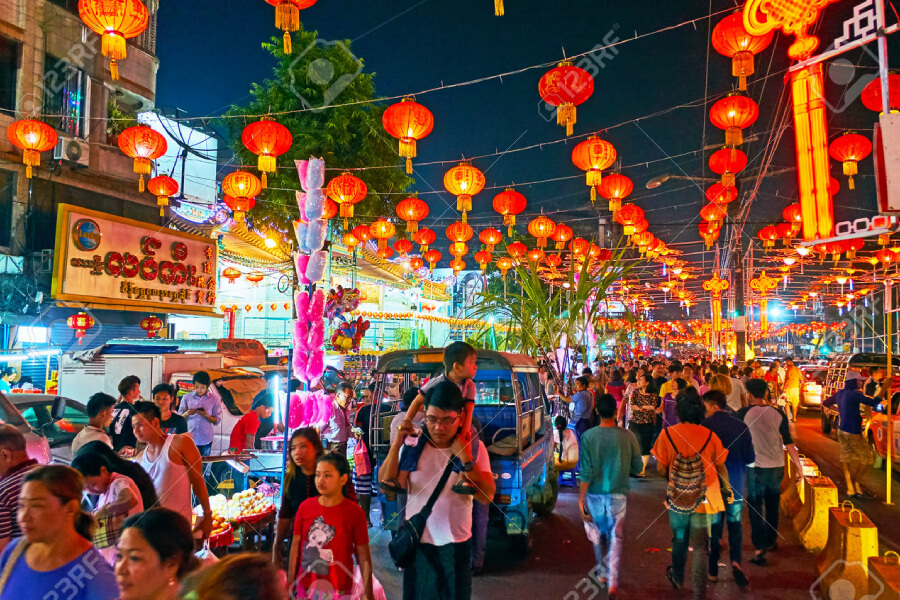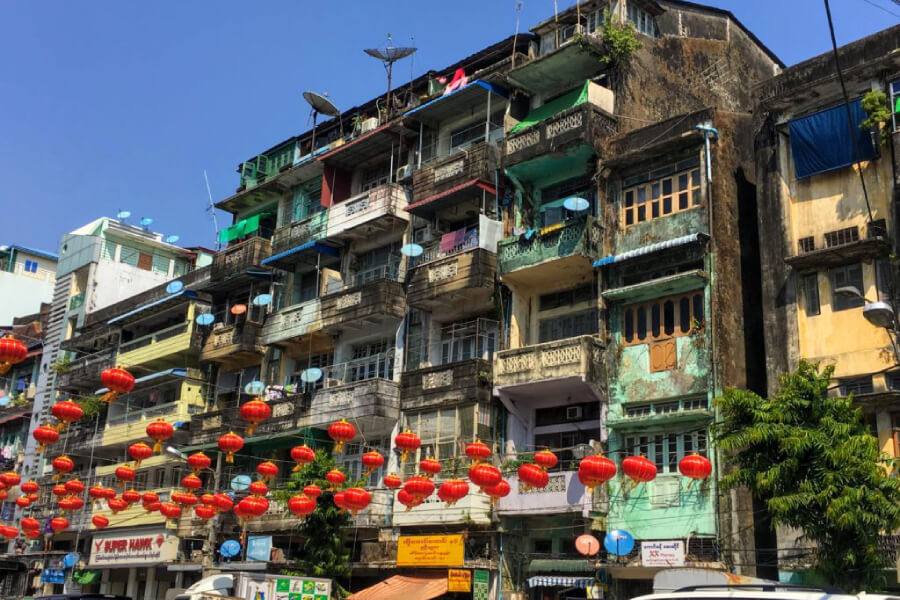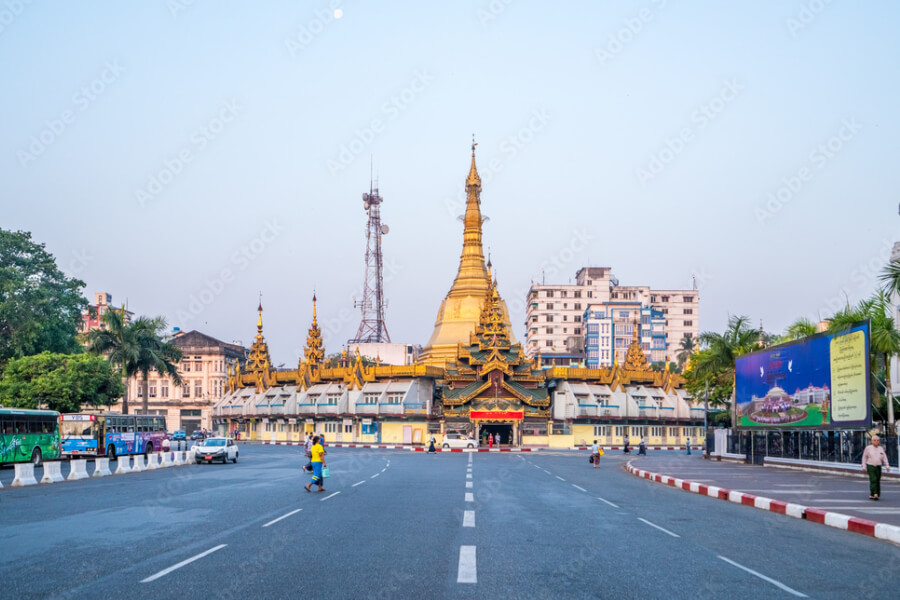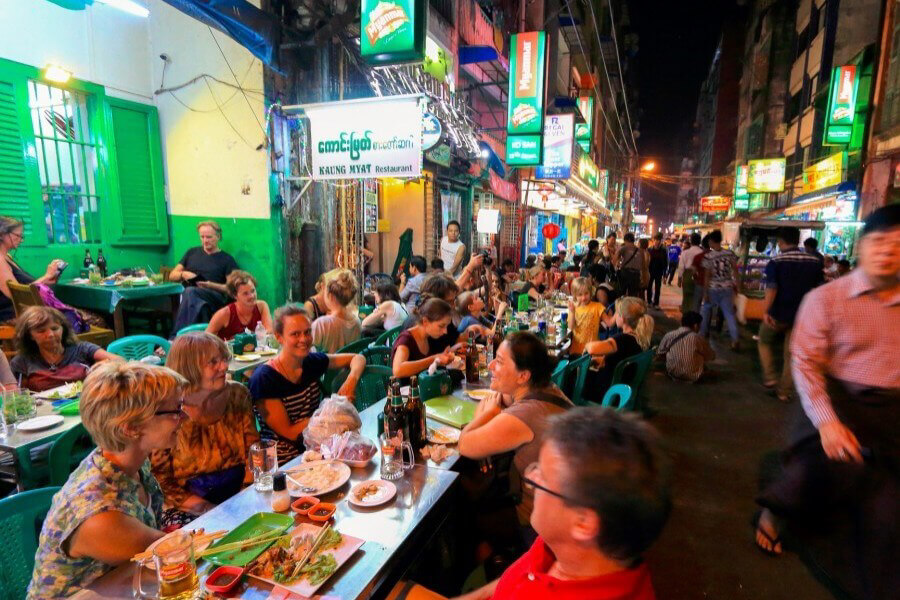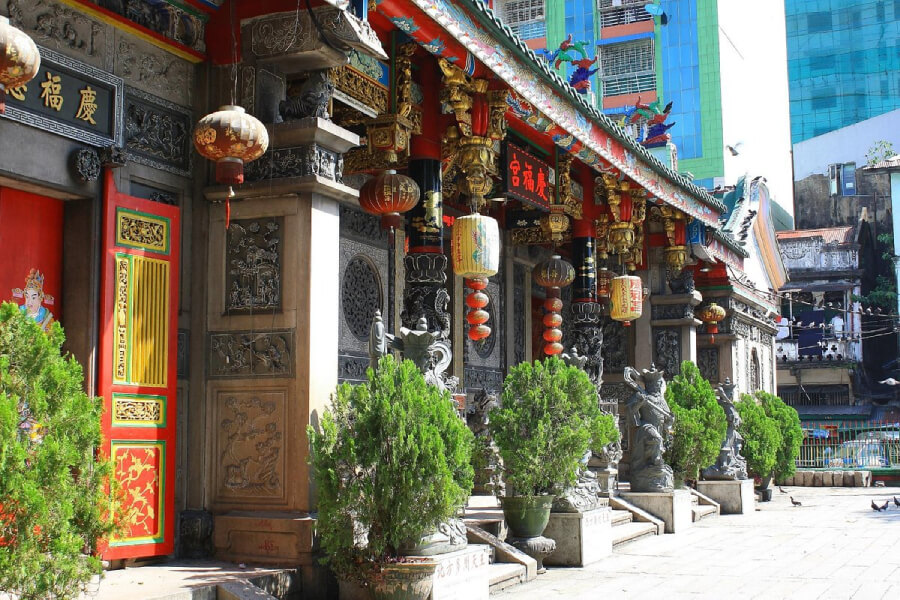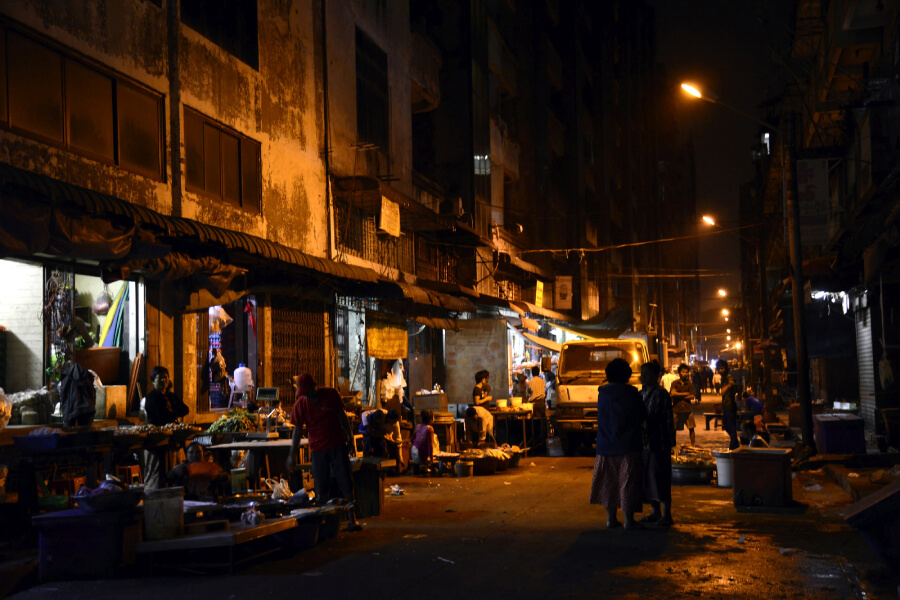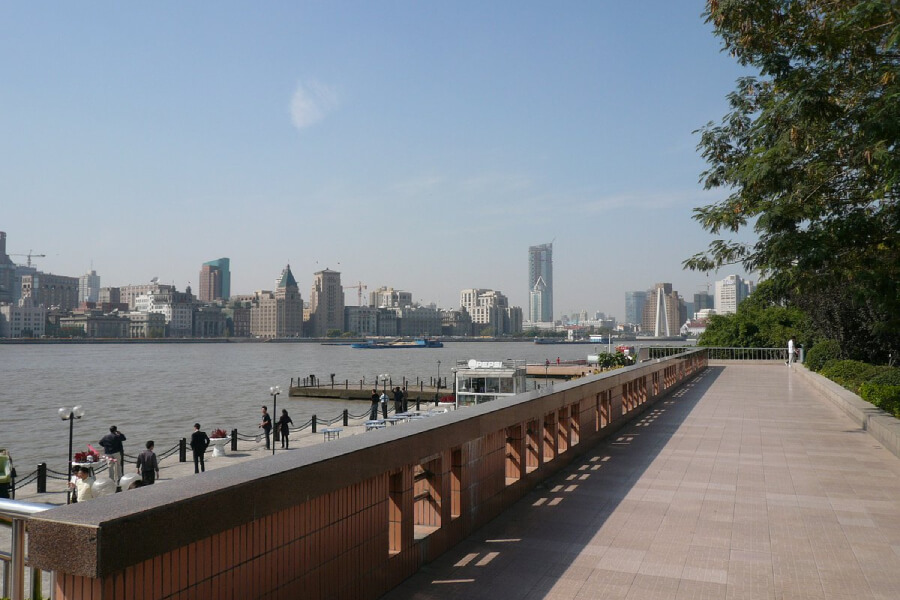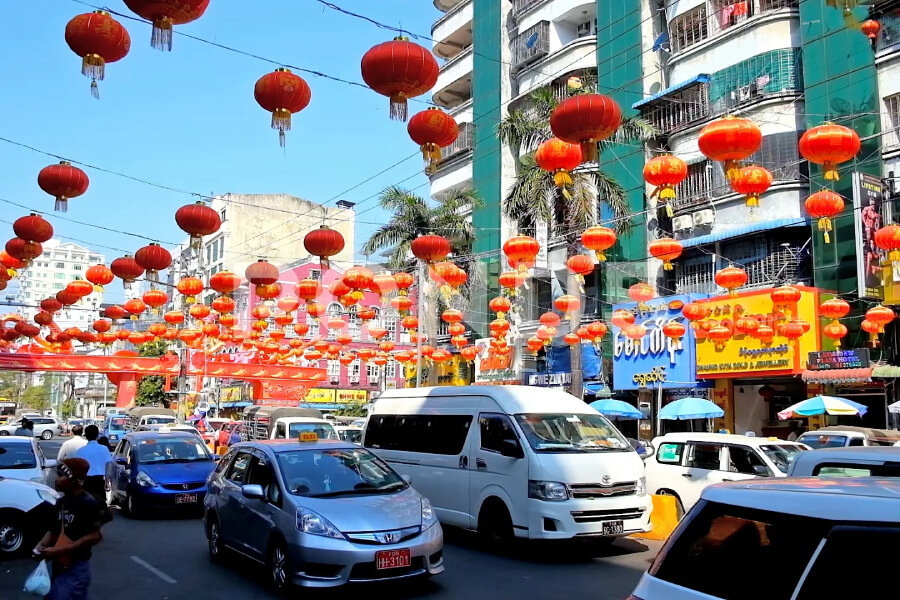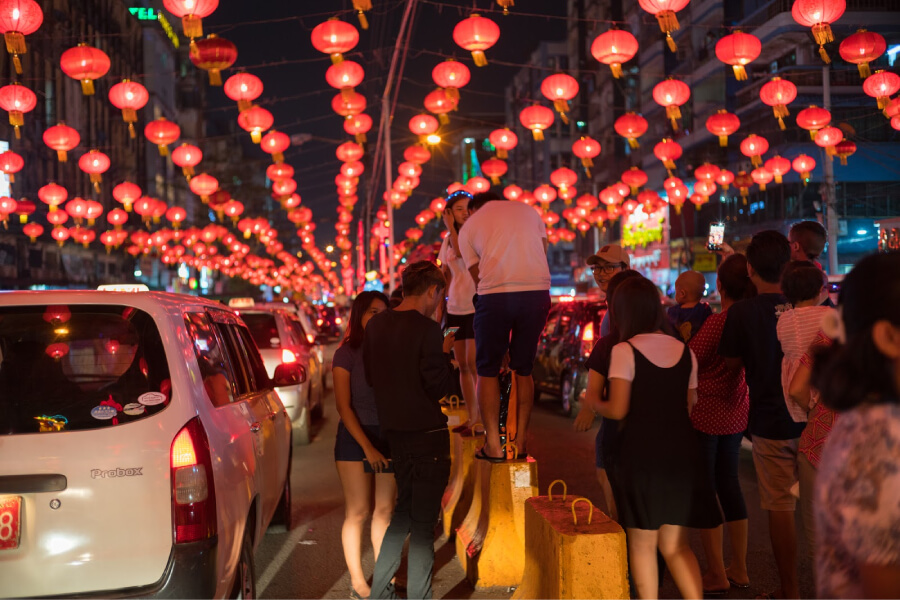When embarking on Myanmar tours, one destination that promises a captivating and culturally enriching experience is Yangon Chinatown. This historic neighborhood, also known as Tintown, is a vibrant tapestry of Chinese and Burmese cultures. As you wander through its bustling streets, you'll encounter a world of captivating sights, sounds, and flavors. To make the most of your Myanmar tours, here are five must-visit spots in Yangon Chinatown that will leave you with indelible memories of your journey.
Rich History of Yangon Chinatown
The history of Yangon Chinatown traces its roots to the 18th century, well before Myanmar (then known as Burma) came under British colonial rule. The area that is now Chinatown was a marshy, undeveloped land on the outskirts of the city. It was in this setting that the first wave of Chinese immigrants arrived in search of economic opportunities.
Chinese Migration and Settlement: The initial Chinese migrants came from various provinces in southern China, seeking escape from political instability and economic hardships. Many of them found their way to Yangon due to its strategic location as a major port city. These early settlers established small trading posts and businesses, often dealing in goods like rice, tea, and opium.
British Colonial Influence: The British colonial presence in Burma, which began in the mid-19th century, played a pivotal role in the development of Yangon Chinatown. The colonial authorities encouraged Chinese immigration, as they saw the Chinese as valuable contributors to the city's growth. As a result, the Chinese population in Yangon steadily increased.
World War II and Post-Independence Era: The history of Yangon Chinatown took a turbulent turn during World War II. The district suffered significant damage during the Japanese occupation of Burma. After the war, the area slowly rebuilt itself and continued to thrive. It played an essential role in the nation's journey towards independence in 1948.
Modern Resurgence: In recent decades, Yangon Chinatown has experienced a revival. The district has attracted both tourists and investors, leading to the preservation of its historical charm while embracing modernization. Old shop houses have been renovated into trendy boutiques, hotels, and restaurants, making the area a vibrant mix of old-world charm and contemporary convenience.
5 Captivating Places of Yangon Chinatown
Welcome to Yangon Chinatown, a vibrant district that promises a sensory adventure like no other. As you step into this historic and culturally rich neighborhood, you'll be greeted by a tapestry of sights, sounds, and flavors that will leave a lasting impression. Here are the top five must-visit spots for an unforgettable experience on your Myanmar packages.
1. Sule Pagoda Road: The Cultural Nexus
Sule Pagoda Road is not just an entry point to Yangon's Chinatown; it's the district's cultural nexus. As you step onto this bustling street, you'll be enveloped by a vivid display of colors, sounds, and history. The road is flanked by a myriad of shops, street vendors, and historic landmarks that define Chinatown's character. Don't miss the chance to explore the bustling marketplaces, sample mouthwatering street food, and appreciate the architecture that reflects the area's heritage.
2. 19th Street: The Gastronomic Paradise
As the sun sets over Yangon, 19th Street in Chinatown comes to life, earning its nickname as "BBQ Street." The street is an epicenter of culinary delights, with sizzling barbecue stalls enticing passersby with the tantalizing scent of grilled delicacies. Local beer and lively ambience are the perfect companions to this gastronomic haven. Whether you're a food enthusiast or a casual diner, 19th Street offers a culinary experience you won't forget.
3. Kheng Hock Keong Temple: A Serene Oasis
Nestled amidst the bustling streets of Chinatown is the Kheng Hock Keong Temple, a serene oasis of spirituality and culture. This temple, with roots dating back to the late 19th century, showcases intricate Chinese architecture and provides a peaceful respite from the lively surroundings. It's not only a place of worship but a symbol of the enduring presence of the Chinese community in the district.
4. Yangon Night Market: Shopper's Paradise
For those seeking to take home a piece of Yangon's charm, the Yangon Night Market in Chinatown is a shopper's paradise. As the sun sets and the market comes to life, you'll discover a variety of items, from clothing and jewelry to quaint trinkets, all at affordable prices. It's the perfect place to find souvenirs that reflect the district's unique character.
5. Riverside Promenade
Yangon Chinatown offers a blend of culture and history, and one of its hidden gems is the 'Riverside Promenade.' This tranquil spot along the Yangon River provides stunning sunset views, making it a perfect place for relaxation and photography. The Riverside Promenade offers an unspoiled connection to the river and serves as a peaceful escape within the heart of Chinatown, allowing visitors to immerse themselves in the area's natural beauty and maritime life. It's a must-visit destination for those exploring Yangon Chinatown.
Economic Contributions and Cultural Enrichment: The Legacy of Chinese Immigrants in Yangon's Chinatown
Yangon's Chinatown, a vibrant and historically rich district, owes much of its identity and character to the Chinese immigrants who settled here over a century ago. Their presence brought about significant economic contributions and cultural enrichment that continue to shape the heart of Yangon.
The economic transformation that unfolded in Chinatown was nothing short of remarkable. The Chinese immigrants, particularly those hailing from the Hokkien and Cantonese communities, arrived in Yangon during a period of British colonial rule. They were driven by the promise of economic opportunities and a chance to build a better future. These newcomers, with their entrepreneurial spirit and unwavering determination, quickly established thriving businesses.
Trading companies flourished, trading a wide range of goods, from textiles to spices, and connecting Yangon to trade networks that spanned across the region. These businesses played a pivotal role in the economic life of the city, facilitating the exchange of goods both locally and internationally.
Recognizing the need for financial services, Chinese immigrants were instrumental in the establishment of banks in Yangon. These financial institutions provided crucial support for the local economy and were key drivers of economic growth. Some of these banks have evolved into prominent financial entities in the region.
The Chinese immigrants also ventured into manufacturing, contributing to Yangon's industrial landscape. Textile factories, food processing units, and small-scale manufacturing enterprises thrived. They not only provided employment opportunities but also diversified the city's economic base.
Beyond their substantial economic contributions, the Chinese immigrants enriched Yangon's cultural tapestry. Chinatown became a hub for Chinese festivals, marking Lunar New Year, Mid-Autumn Festival, and Dragon Boat Festival with vibrant celebrations that brought together not only the Chinese community but also people from diverse backgrounds. These events showcased the richness of Chinese culture and fostered a sense of community and togetherness.
Chinatown is also home to numerous temples and shrines, each a testament to the deep-rooted traditions and spirituality of the Chinese community. These sacred spaces not only serve as places of worship but also as architectural gems, with intricate Chinese design elements that captivate visitors and showcase the beauty of Chinese art and culture.
Furthermore, clan associations, established by the Chinese immigrants, have played a vital role in preserving and promoting Chinese cultural traditions. These associations have served as a source of support and a means of connecting with one's cultural heritage. They have been instrumental in preserving the Chinese language, art, and customs, ensuring that the legacy of the Chinese immigrants lives on in the district.
Opening Hours in Yangon Chinatown
Yangon's vibrant Chinatown is a must-visit destination, but it's essential to know the practical details about visiting this exciting district. In this guide, we'll explore the entrance fees (or lack thereof) and the typical opening hours to help you make the most of your visit.
Opening Hours
Chinatown in Yangon is a vibrant district that never truly sleeps. However, to make the most of your visit, it's best to know when specific activities and businesses are at their peak:
1. Daytime Exploration: During the day, you can explore the markets, temples, and shops in Chinatown. Most shops open around 10:00 AM and close in the evening, typically around 7:00 PM. Daytime is perfect for shopping and visiting cultural landmarks, including the Kheng Hock Keong Temple.
2. Evening Delights: Chinatown truly comes alive in the evening. The street food vendors start setting up their stalls in the late afternoon, and the vibrant night market comes to life as the sun sets. If you want to enjoy the bustling atmosphere and indulge in the delicious street food, plan to visit in the early evening, from 5:00 PM onwards. The nighttime is perfect for a memorable culinary experience on 19th Street, also known as "BBQ Street."
3. Temples and Shrines: The temples and shrines in Chinatown often have their unique schedules. They may open early in the morning and close in the afternoon, with a break in between. It's a good idea to check the specific opening hours for these spiritual sites if you plan to visit them during your trip.

